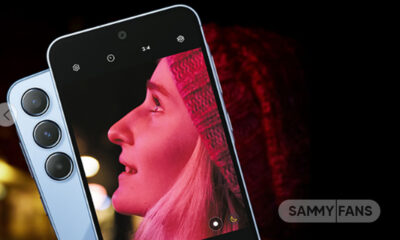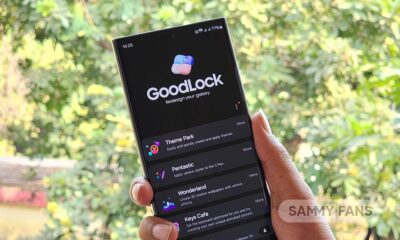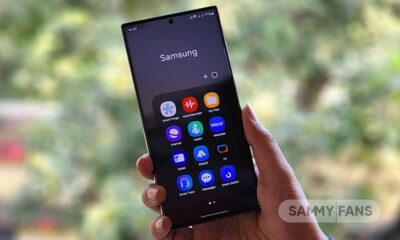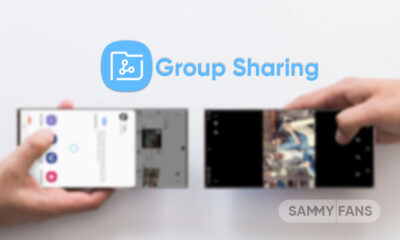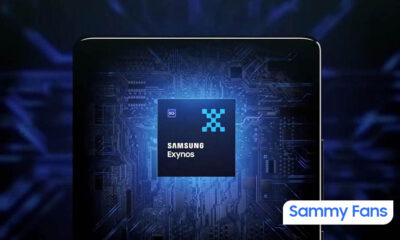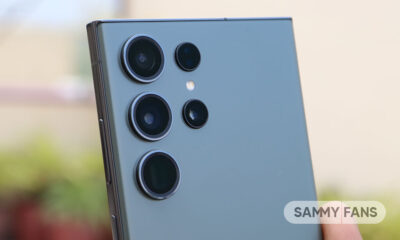News
Samsung updates ‘Try Galaxy’ app to attract iPhone users with One UI 5.1 and S23 features
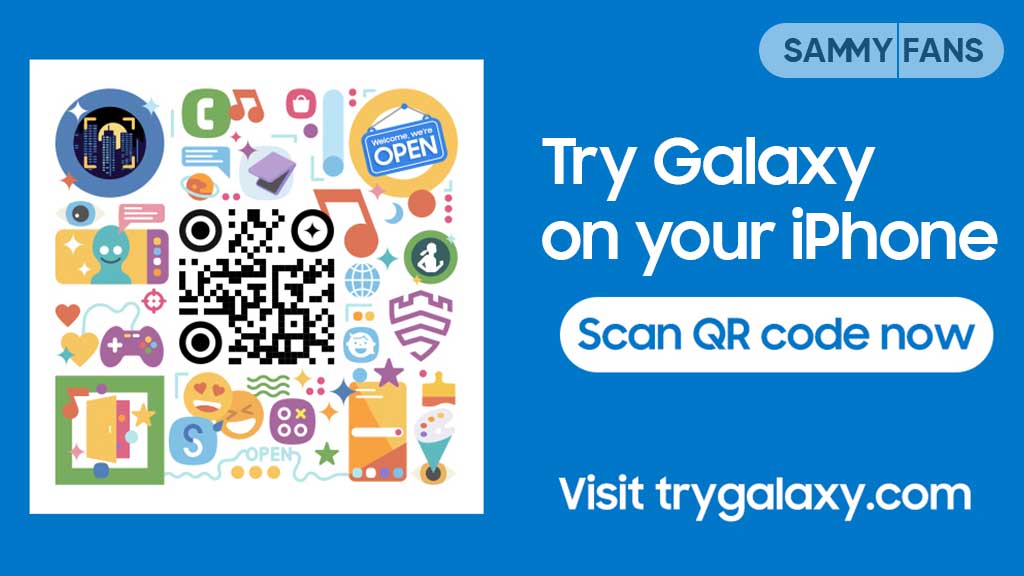
Samsung announced the availability of the enhanced “Try Galaxy” app, which lets iPhone users test new features from the Galaxy S23 series and One UI 5.1 software. Moreover, the platform gains support for a total of 14 languages such as German and Spanish.
It’s worth mentioning that the app doesn’t work on non-Galaxy Android phones, as Samsung developed it to attract iPhone users. If you have an Apple device, just open the Safari app, visit the Try Galaxy website, and create a shortcut to the home screen. And it’s done!
The enhanced Try Galaxy allows iPhone users to test drive new features from Samsung Galaxy S23 series and One UI 5.1. You can run the app in Arabic, Bahasa Indonesia, Chinese (CN/TW), English, French, French (Canadian), German, Japanese, Portuguese (BR), Spanish, Spanish (Mexican), Swedish and Vietnamese.
Enhanced Try Galaxy app features
Try Galaxy app users can find helpful tutorials and explore the app’s homepage, including Galaxy icons, widgets, and navigation. Furthermore, you can also sample other innovative and unique apps and features available through Samsung Galaxy.
“Enhanced Try Galaxy app highlights key features of the Galaxy S23 series and One UI 5.1.”
Powerful camera:
Users can explore what’s possible with Samsung Galaxy’s most advanced camera system, including truly cinematic Nightography and transformative AI for vivid and clear night shots. They can also test in-app editing tools like Photo Remaster to automatically improve details of images.
Leading performance:
Users can experience how the Galaxy S23 series is redefining peak performance through a video demonstrating next-level gaming capabilities with optimized mobile platform, battery and display.
Connected ecosystem:
Users can immerse themselves in the latest world of One UI 5.1 with customizable wallpapers, icons, message interfaces, backgrounds, and more for a mobile experience that matches their personality and style.
You can also scan the QR Code to get seamless access now!

News
Samsung Galaxy S25’s 3nm Exynos 2500 to beat Snapdragon 8 Gen 4 in power efficiency

Samsung’s first 3nm Exynos 2500 chip could outpace Snapdragon 8 Gen 4 in power efficiency. Both chipsets will power the next-gen Galaxy flagships, scheduled for an early 2025 launch. Recent input suggests that Exynos is returning as a tough rival to Snapdragon.
The Exynos 2500 will be made on Samsung’s 2nd-gen 3nm process technology. The S24’s Exynos 2400 chipset impressed the industry with significant improvements over its predecessor. The company appears to be leveling up the game next year.
Thanks to the cutting-edge process node, Samsung’s next Exynos could finally surpass its Snapdragon counterpart in power efficiency. The company may utilize its advanced FOWLP in the Exynos 2500 to make it run at higher clock speeds at the same power consumption level.
Qualcomm is facing power efficiency concerns with its recent Snapdragon chips. Due to reduced efficiency, phone makers are forced to bring up to 5000mAh battery. Samsung apparently seized this opportunity to bring back its in-house Exynos back to the contest.
Stay up-to-date on Samsung Galaxy, One UI & Tech Stuffs by following Sammy Fans on X/Twitter. You can also discover the latest news, polls, reviews, and new features for Samsung & Google Apps, Galaxy Phones, and the One UI/Android operating system.
Do you like this post? Kindly, let us know on X/Twitter: we love hearing your feedback! If you prefer using other social platforms besides X, follow/join us on Google News, Facebook, and Telegram.
News
Samsung and Intel race to develop next-gen AI processors
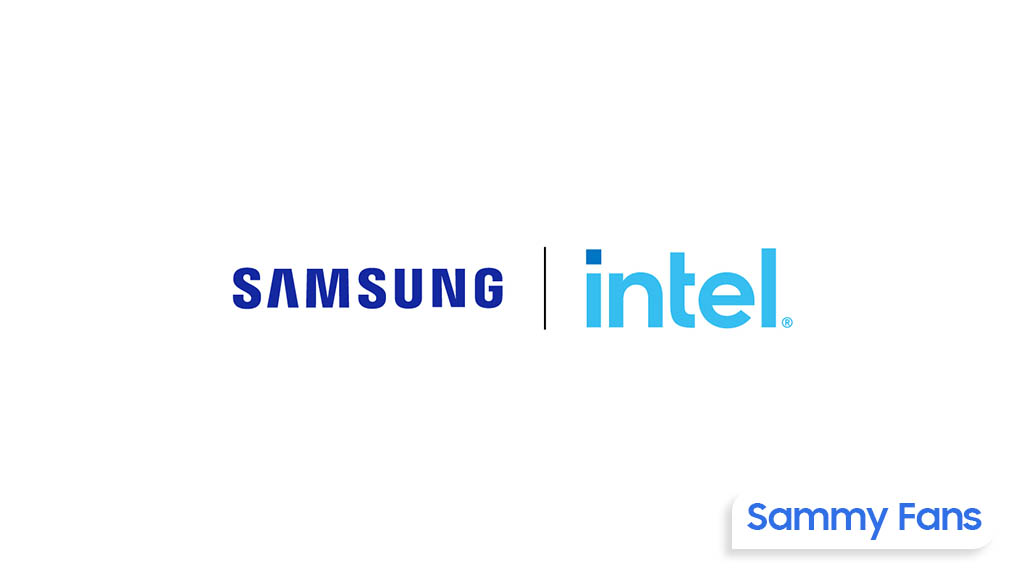
Following Google, Meta, Apple and Microsoft, Samsung and Intel joined the race to develop next-gen AI processors. Aimed to lead AI semiconductor tech, both companies launched chips addressing NVIDIA GPU shortcomings, including price and performance per watt.
After completing the development of MACH-1, Samsung has recently started working on MACH-2. The company has also supplied MACH-1 prototypes to major IT firms in South Korea (Naver) and other parts of the world to gather feedback for MACH-2 development.
Intel launched its latest AI semiconductor – Gaudi 3, collaborating with Naver. The company aims to counter NVIDIA GPU drawbacks, particularly in price and performance per watt. Notably, Intel’s Gaudi 3 offers over 40% better power efficiency than NVIDIA GPUs.
Tech giants launching AI chips also prioritize energy efficiency. Google Cloud’s TPU “v5p” is 60% more energy-efficient than similar hardware, with a performance of 459 TFlops. Samsung also prioritizes power efficiency in MACH-1 and MACH-2 development.
Stay up-to-date on Samsung Galaxy, One UI & Tech Stuffs by following Sammy Fans on X/Twitter. You can also discover the latest news, polls, reviews, and new features for Samsung & Google Apps, Galaxy Phones, and the One UI/Android operating system.
Do you like this post? Kindly, let us know on X/Twitter: we love hearing your feedback! If you prefer using other social platforms besides X, follow/join us on Google News, Facebook, and Telegram.
Apps
Samsung Customization Service just got better with April 2024 update
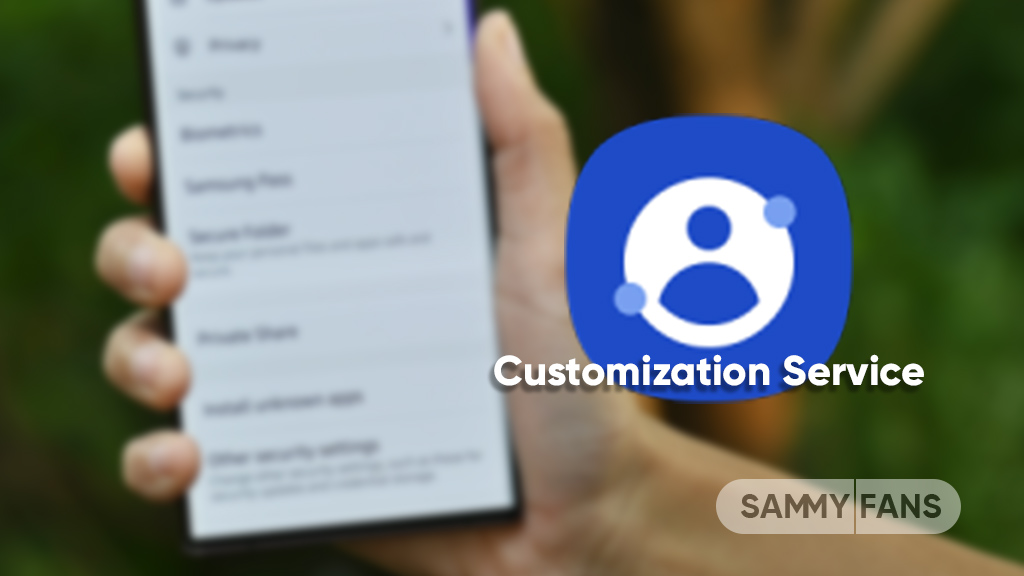
Samsung is rolling out an April 2024 update for the Customization Service app with version 3.5.01.4. This update brings bug fixes and general enhancements that promise to elevate the overall user experience.
The fresh update of the Samsung Customization service improves some functions for smoother performance. Also, it fixes some issues that users encountered in previous versions to make the app more reliable. Notably, the update is compatible with Galaxy devices running Android 14 or Android 13.
The Customization Service app is designed for Samsung devices to deliver individual preferences and needs smartly. By analyzing user interactions and data, the service offers personalized content and recommendations, creating a unique and tailored experience for each Samsung device owner.
With the April 2024 update, Samsung aims to provide better performance and user experience to Galaxy users through Customization Service. You can get the latest update through the Galaxy Store or download it directly from the third-party app source link mentioned here.
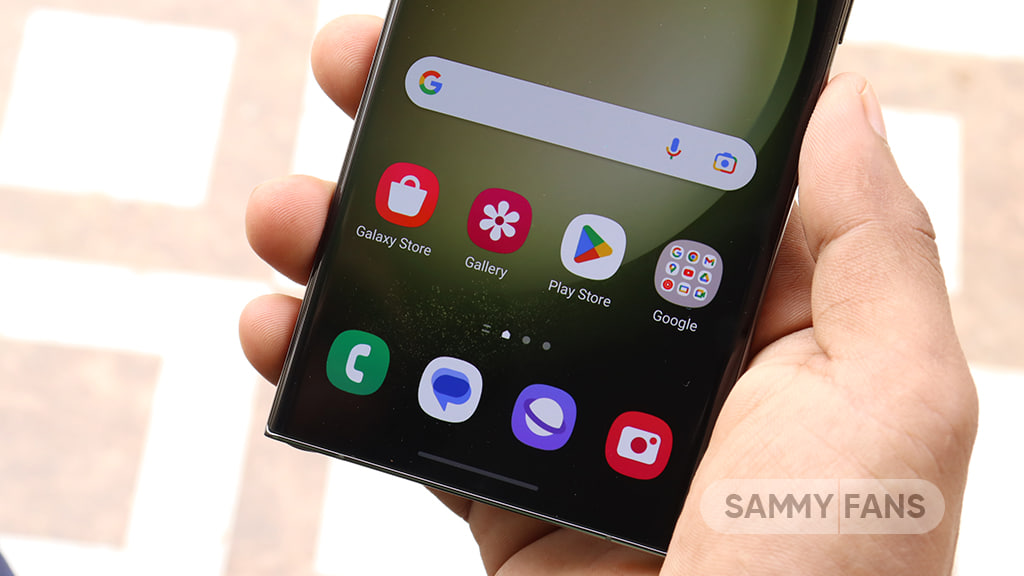
Stay up-to-date on Samsung Galaxy, One UI & Tech Stuffs by following Sammy Fans on X/Twitter. You can also discover the latest news, polls, reviews, and new features for Samsung & Google Apps, Galaxy Phones, and the One UI/Android operating system.
Do you like this post? Kindly, let us know on X/Twitter: we love hearing your feedback! If you prefer using other social platforms besides X, follow/join us on Google News, Facebook, and Telegram.

